
Aussies love fast cars. No argument. In fact, through the ages we’ve built quite a few of our own – usually with a V8 driving the rear wheels.
As we watch the sun set over one of the most iconic names in the game (we’ll miss you, Holden), we look back at the muscle cars that put Australia on the map.
This isn't about Euro hotfoots or mad American iron... this is about true-blue Australian muscle car majesty, the best of the best Aussie performance cars from an era that we'll never see again.
2008 FPV F6
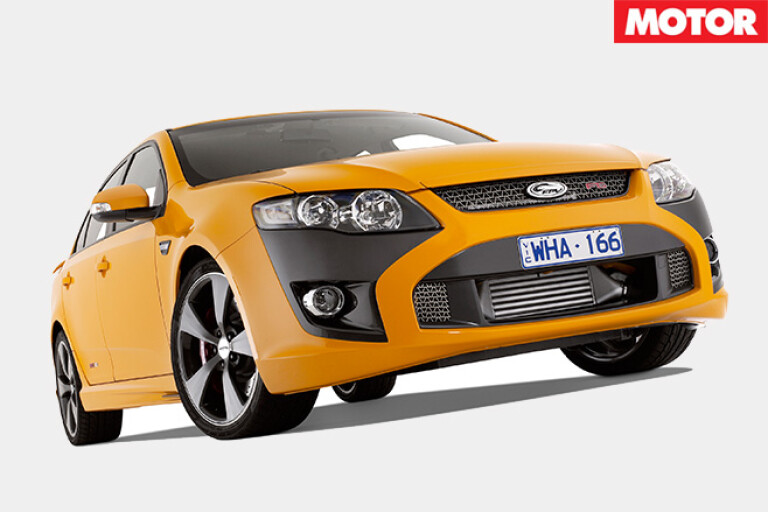
It ran the greatest-ever Australian engine, full stop. FPV's XR6 Turbo-based F6 model debuted with the BA Mk ll range in late 2004, sporting 270kW and a V8-beating 550Nm. But with the all-new FG Falcon's introduction in 2008, the F6's performance went from ballistic to stratospheric.
The turbocharged six now delivered 310kW and a thumping 565Nm (at just 1950rpm!), giving the FG F6 supercar levels of in-gear stonk. Despite having nothing to do with our most famous race, the F6's balance and point-to-point capability put the classic Aussie V8 in the shade and proved FPV's engineering excellence.
1977 Holden Torana A9X
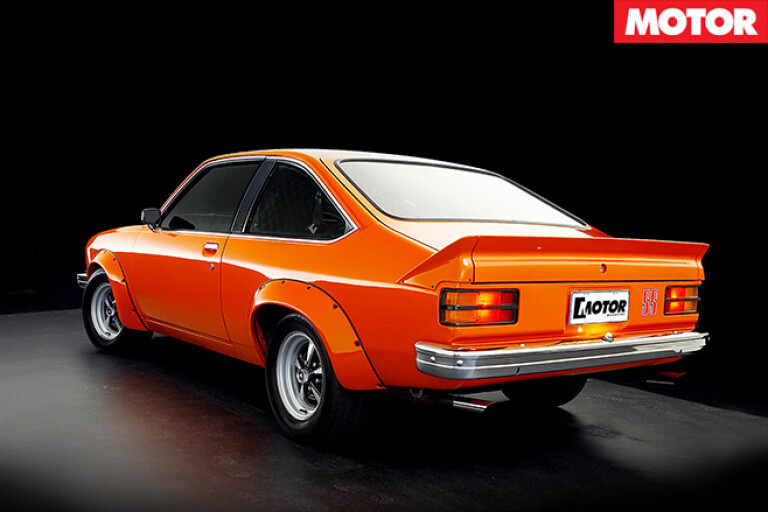
With Brocky behind the wheel, it won Bathurst in 1979 by an unbelievable six laps, and set the lap record on the very last lap cementing both car and driver as all-time racing legends.
The 5.0-litre V8 A9X, based on the LX Torana SS hatch and SL/R sedan, was honed into a super-reliable and capable Bathurst winner by John Shepherd and Brock, and remains the best Torana ever produced. Of 405 made, 305 were sedans, but the record-breaking hatch is the icon.
2017 HSV GTS W1
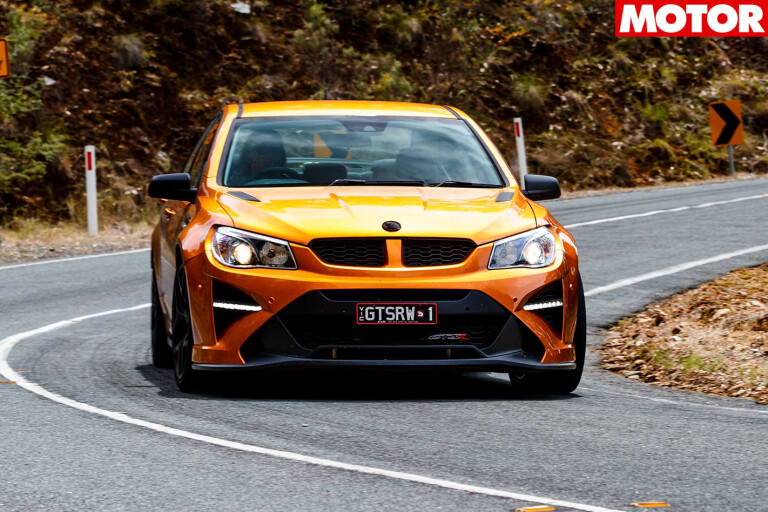
HSV didn’t hold back on its Gen-F series GTS after learning it would be its last Aussie Commodore-based halo model.
We were treated to what might be the best range of Aussie muscle cars available, at a time when even buying a base Commodore SS landed you an absolute winner in its own right.
But the icing on the cake came last, the HSV GTSR W1. A 474kW/815Nm LS9 engine from Chevrolet’s big dog Corvette, race-bred suspension, and a set of R-Spec tyres made the W1 a beast that, unfortunately, will spend plenty of time sitting in sheds.
1985 HDT VK SS Group A
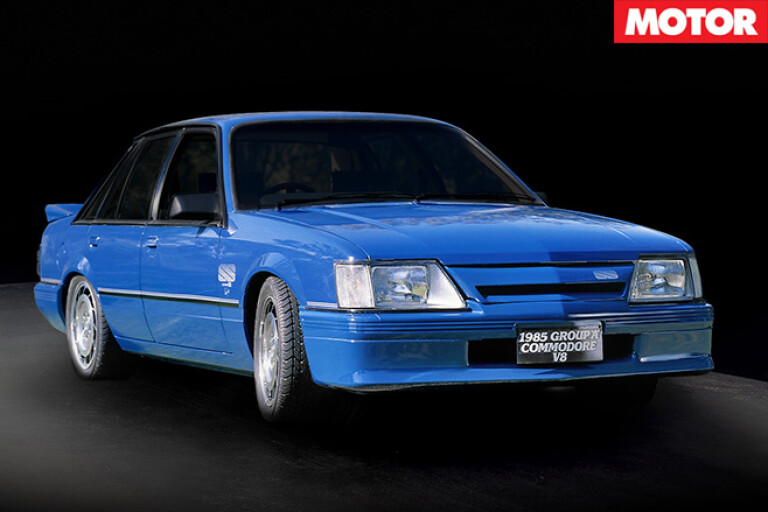
The first Group A Commodore - fondly known as the Blue Meanie - is also the most revered. New racing regulations for 1985 meant Holden and HDT had to produce a road-going VK to comply.
Sporting a Phil Zmood-styled bodykit, Scheel seats and a Momo wheel, the Formula Blue Group A saw the carby Holden V8 de-stroked to 4987cc (for under 5000cc racing) while packing 196kW.
A courageous drive from Brock at Bathurst '85, Grice's '86 win and Kings Cup at Spa in '87 cemented its pedigree.
1971 Ford XY Falcon GT-HO Phase III

The GT-HO wrote the book on Australian muscle-car performance. With its 'shaker' intake atop of the 351 Cleveland poking through the bonnet, the Phase III's earth-shattering performance saw 0-100km/h in high-6s, a mid-14 quarter, and 227km/h.
It claimed a single Bathurst crown (Allan Moffatt in 1971, cardboard box included) but astounded journalists with its brutal pace. Four decades later, it remains Australia's most famous muscle car.
2016 Ford FG Falcon Sprint
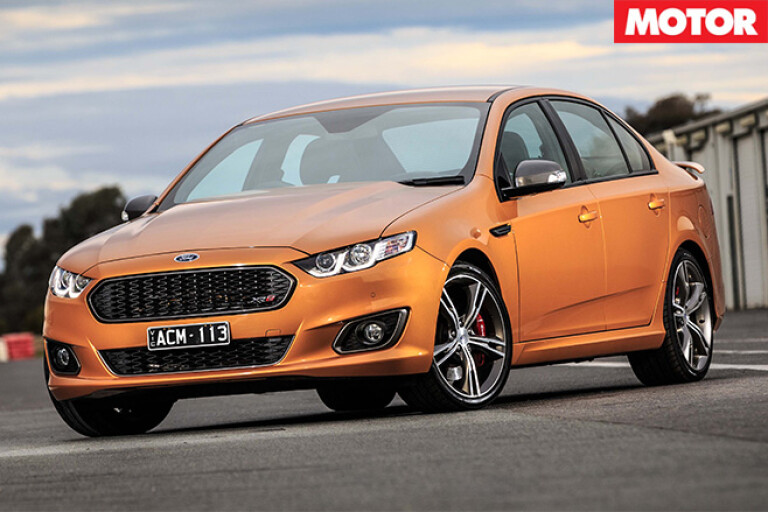
The final Falcon came in two flavours, XR6 Turbo and XR8, and it could be argued that the former was the better performance car. But for Aussies, 345kW and 575Nm from a 5.0-litre ‘Miami’ supercharged V8 is bliss.
Still, the turbocharged 4.0-litre Barra is one of, if not the greatest Aussie-developed engine ever, and that’s why we couldn’t pick just one version of the Sprint to take this place in the list.
1967 Ford XR Falcon GT
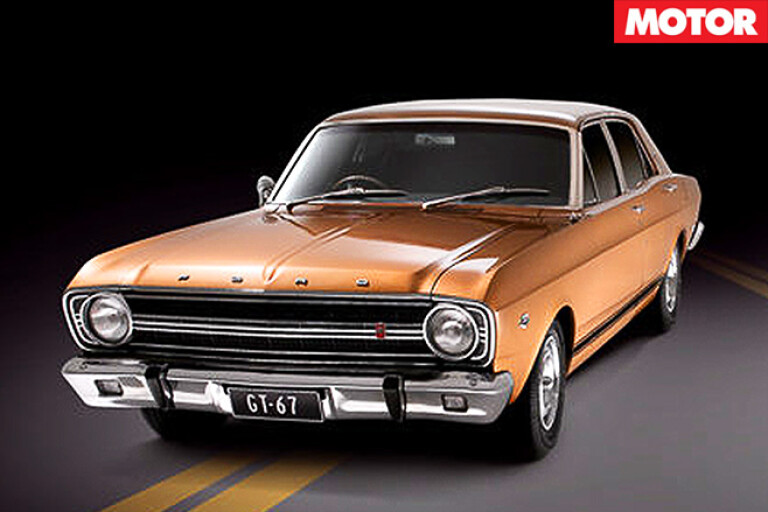
This is the car that created the Aussie muscle car. Invincible at Bathurst '67, the bronze-only XR GT was proof The Great Race was morphing from gentlemen racing to a manufacturers' battlefield.
The GT was based on a Fairmont with a police-spec 168kW 289ci V8, four-barrel carb, bigger brakes, retuned suspension and a floor-mounted, all-synchro close-ratio four-speed. And it started a tit-for-tat war with Holden that still rages today.
1988 HSV VL Group A Walkinshaw

Developed under Tom Walkinshaw, HSV's UK wind tunnel-tested Group A won Bathurst in 1990, toppling Ford's dominant Sierra and outlasting Nissan's new Skyline GT-R.
The Panorama Silver VL ran Holden's first EFI V8, with a five-speed gearbox and two throttle bodies planted on the engine for 180kW. Many of the outrageous bodykits were removed from brand-new cars, the future collectability of the 750 Walkys unforeseen.
2015 Holden VF II Commodore SS V Motorsport Edition

Previous Commodore SS models have worn good and bad traits in equal measure, but in classic timing, the Commodore’s last gasp thrusts the SS closer to perfection than ever before.
By welcoming GM’s LS3 engine, the VFII’s send-off Motorsport Edition boasts an engine to match its finely tuned chassis. Built in limited numbers (1200), it’ll also be the hot collector’s item to keep an eye on in the future.
1969 Holden HT Monaro GTS 350
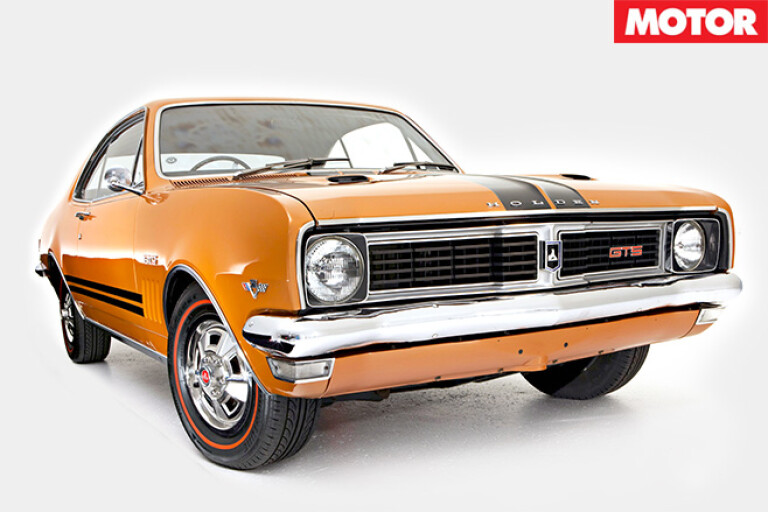
It's the fastest Monaro in the classic original body: the mighty HT GTS 350. In August 1969, the '68 Bathurst-winning HK GTS's fully imported 186kW 327ci V8 (5.3-litre) gave way for a larger, more potent 224kW Chevy 350 (5.7-litre).
The added oomph produced a 15.7sec quarter and top speed of around 209km/h, and the revised suspension with improved brakes made it a better driver's car than the original HK, and sharper than the HG model that followed it. The HT 350 backed up its credentials by winning Bathurst in '69, the sole victory for the outstandingly talented Colin Bond.
1972 Holden LJ Torana GTR XU-1

The original 1970 LC Torana GTR XU-1 replaced the Monaro as Holden's factory racing weapon, and thanks to its small, light, agile package, managed to win several rally titles. But for 1972, the LC's 3.0-litre six was bored out to 3.3-litres and scored triple Stromberg carbs, creating the 142kW LJ GTR XU-1.
New seats and softened suspension made it a more tolerable road car, but the Bathurst version scored a lightened flywheel, a hot camshaft and a 3.08:1 diff for 220km/h down Conrod Straight and a 15.2sec quarter mile. But the LJ GTR XU-1 is most famous for delivering Peter Brock his very first Bathurst bounty.
2008 HSV W427
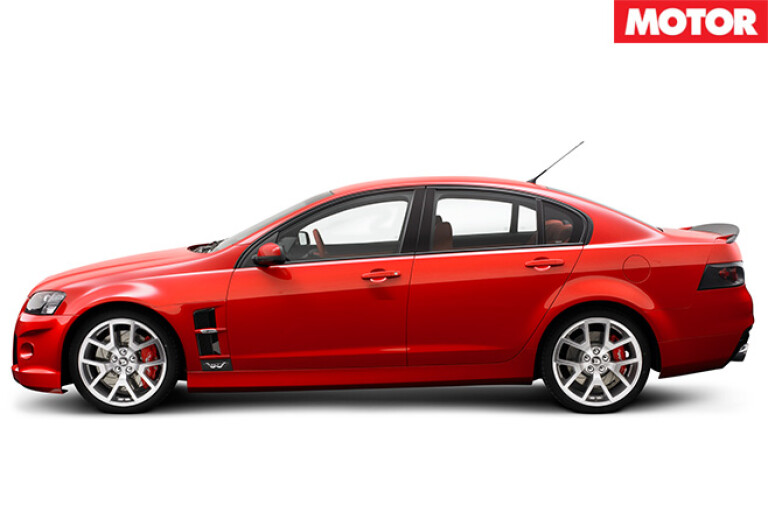
There’s no substitute for cubic inches, and the W427 proved it. The most expensive HSV ever produced carried the largest engine installed into an Aussie car - the 7.0-litre LS7 V8 from the Z06 Corvette - ably assisted by the VE Commodore's superb chassis.
It was the most ostentatious Holden since Brock's ill-fated VL Director, and was built to order at a price of $155,500. It was HSV's king hit, a showpiece of engineering reflecting the passion of its customers, with the 375kW/640Nm package backed by a full factory warranty. Despite a tough economic climate, HSV still flogged 137 of them at the record price.
1972 Chrysler VH Charger E49
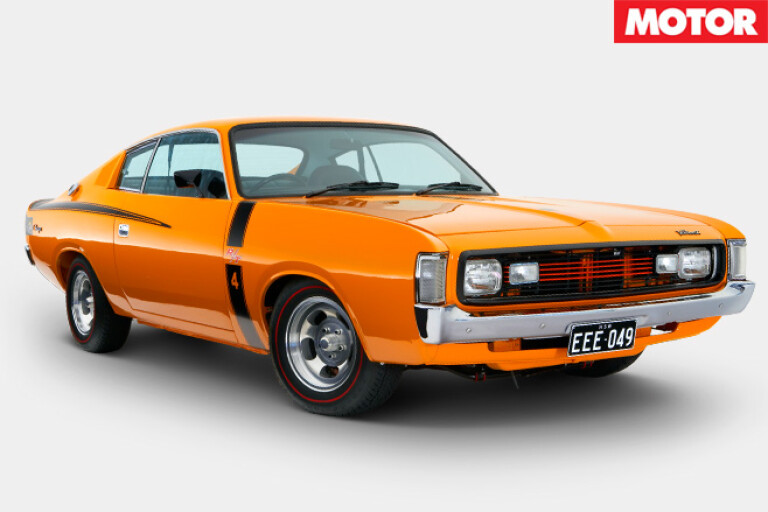
The best car never to win Bathurst? In 1971, Leo Geoghegan's E38 Charger showed promise but was hampered by its three-speed gearbox. After its second place, the E49 was developed with an extra gear (denoted by the '4' on its guards) among other changes in pursuit of an ultimately elusive Bathurst crown.
Sadly, the extra cog didn't elevate the Charger that extra step up the podium, but its acceleration went toe-to-toe with the XY GT HO as the 4.3-litre triple Webered six was good for 225kW/440Nm. We clocked an E49 at 211km/h during a 1972 test and it remains as revered as the Phase III.

COMMENTS